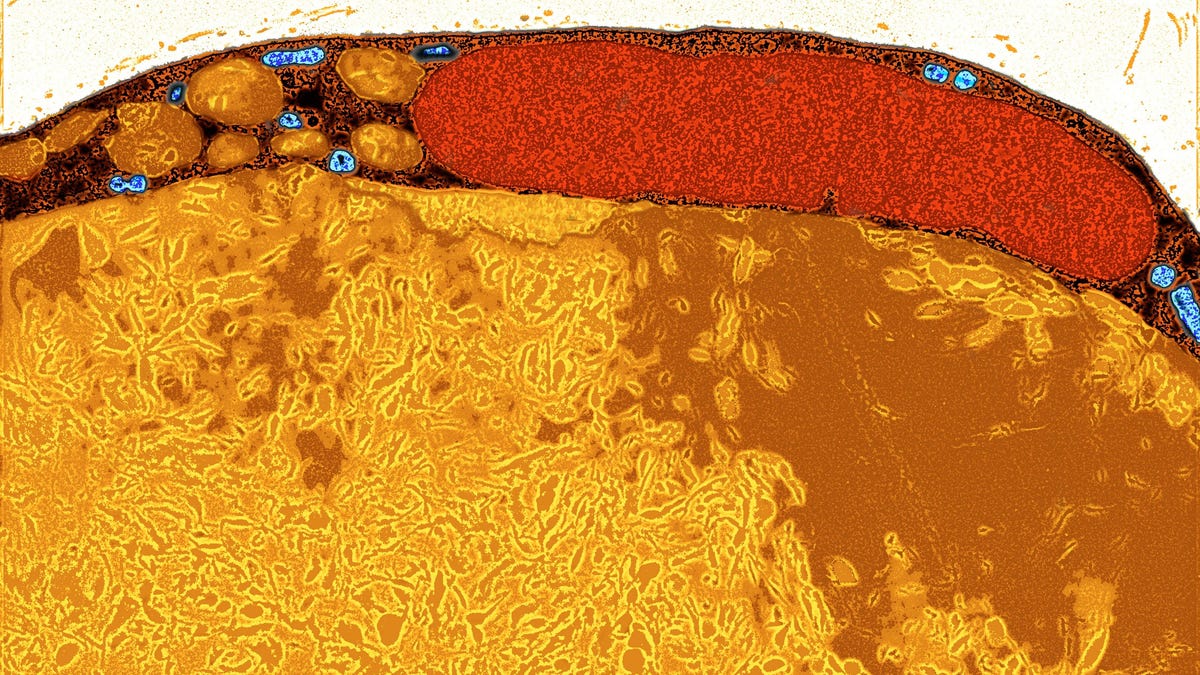Fitness
White Fat Cells Morphed Into Calorie-Burning Beige Fat Cells in New Experiment

Scientists in California tested a way to coax certain fat cells to burn calories, rather than simply store energy. In new research involving mice, the team found it was possible to convert existing white fat cells into calorie-burning beige fat cells. The findings could pave the way to a new class of obesity treatments, the study authors say.
Scientists at the University of California San Francisco were trying to get to the root of a problem that has long stymied others in the field. Our fat cells come into three basic flavors: white, brown, and beige. White fat cells are primarily designed to store energy, while brown fat cells play a key role in keeping our body temperature stable. When we’re cold, these cells will burn sugar and fat to heat the body up. The more recently discovered beige fat cells, meanwhile, can carry out the functions of either type, storing or burning energy as needed. These cells are nestled within deposits of white fat cells.
Most of our body’s fat cells are white (we lose much of our brown fat by the time we turn 1), and these cells are important as a secondary or emergency source of energy. But too much stored white fat, particularly around our abdomen (also known as visceral fat), can be dangerous to our health. This overabundance of white fat is often seen in people with obesity, and the chronic inflammation it causes can contribute to other problems like type 2 diabetes and heart disease.
For a long time, scientists have theorized that finding a way to reliably switch white fat cells into either brown or beige fat cells could help prevent or treat these related issues (our bodies can naturally convert white into brown/beige fat cells, though typically only in small amounts from exercise or cold exposure). But so far, these efforts haven’t yet yielded safe and successful treatments. In this latest study, published in the Journal of Clinical Investigation, the UCSF team say they have landed on a new promising approach.
Working with mice, the group had earlier found evidence that a protein called KLF-15 was important to the distinction between white and beige/brown fat cells. In their mice, KLF-15 was much more present in brown and beige fat cells compared to white fat cells. So they decided to breed mice whose white fat cells lacked KLF-15 entirely. Once they did, the mice’s white fat cells suddenly became much more efficient at converting into beige fat cells.
Later experiments with human fat cells found that KLF-15 interacts with a particular receptor called Adrb1 and that Adrb1 seems to be key to controlling the switch from white to beige fat cells. The team argues that it should be possible to find drugs that can toggle this switch in humans.
“A lot of people thought this wasn’t feasible,” said senior author Brian Feldman, a pediatric endocrinologist at UCSF, in a statement. “We showed not only that this approach works to turn these white fat cells into beige ones, but also that the bar to doing so isn’t as high as we’d thought.”
This is only one study in mice; it will take more research to know whether such a process can be safely manipulated in people. But should this work continue to pay off, it could lead to novel drugs for obesity and related issues. If we’re really lucky, these treatments would both be safe and avoid some of the unpleasant side-effects of the newest obesity medications, such as nausea and other gastrointestinal problems.
“We’re certainly not at the finish line, but we’re close enough that you can clearly see how these discoveries could have a big impact on treating obesity,” Feldman said.


)






